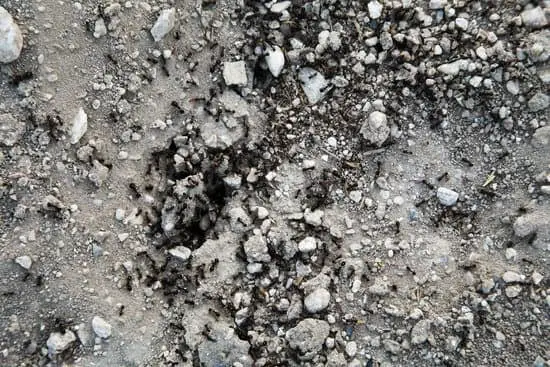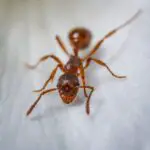How Do Ants Make Their Homes?
Whether ants make their homes in the ground or in a solid structure, ants have learned to work together in colonies to create successful, long-lived homes. They build their houses in strategic locations, often near trees or other sources of shelter and protection. Using natural materials, ants form a water-repellant lattice that allows the ants at the bottom of the structure to survive.
Some ants make their homes by building anthills, which are piles of fine soil or clay. They are placed next to trees, under logs, or on stubs. The walls of anthills are strengthened by incorporating sticks into the soil. They are built to create the optimum climate for the queens of the colony.
Anthills can range from a few feet to several feet high. Some species build simple mounds above ground while others construct tunnels deep beneath the earth. Whether the anthill is built above ground or under, the surface of the anthill is a network of tunnels, chambers, and entrances. Some chambers serve as nurseries for young ants while others serve as resting places for busy worker ants.
Anthills are constructed to protect the ants from predators and natural forces. Some anthills, such as those made by the Allegheny Mound Ant, take up to a year to build one foot.
Other anthill builders include the Harvester Ant, the Yellow Meadow Ant, and the Texas Leafcutter Ant. They are built under solid objects, such as stones or logs, to protect the ants from predators and to create the best climate for the queens.








